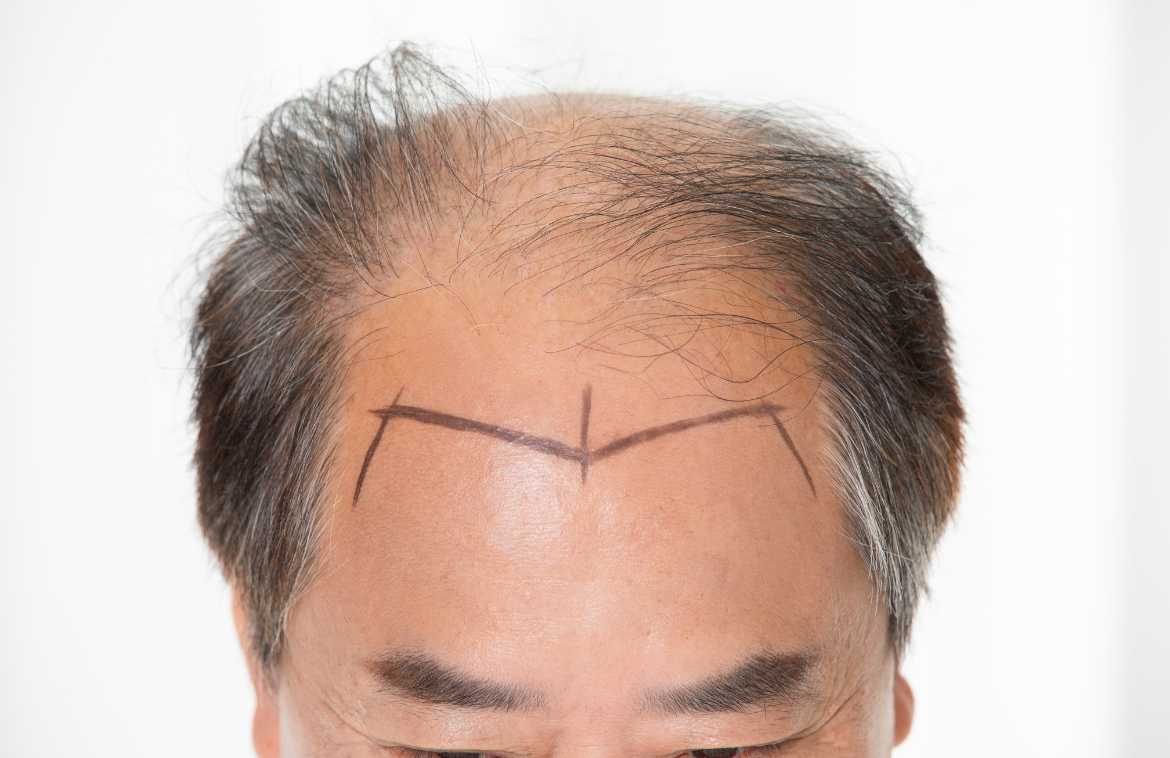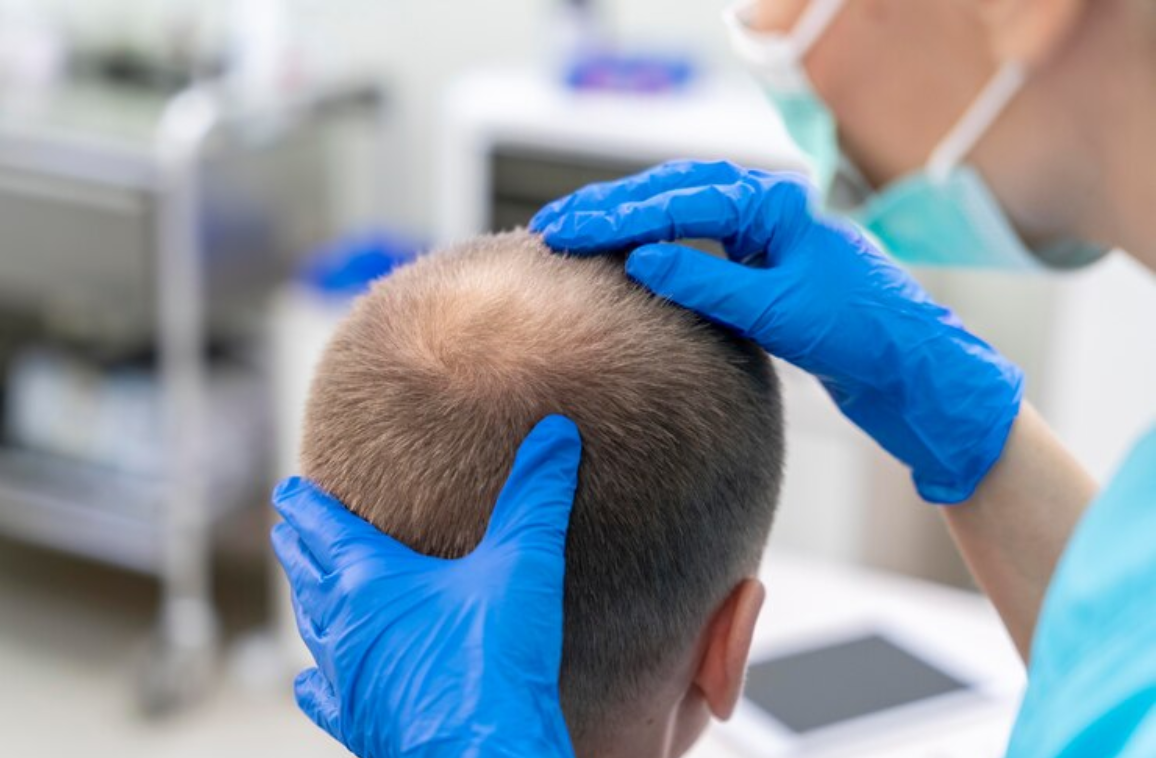Hair transplantation is much sought after by those facing baldness issues. Patients can be assured of hair transplantation in Hyderabad as experts handle the treatment processes.
Hair transplantation happens to be a surgical procedure that does restore one’s hair, typically on one’s scalp, by transplanting existing hair from one area of a person’s scalp to another. It is a safe, effective solution no doubt for those suffering from hair loss.
Hair transplantation in Hyderabad entails sophisticated methods.
Is it permanent?
After one’s hair follicles are grafted into areas whereby one’s hair is thinning, it does take some time for one’s skin to heal. It is normal for some of the hair to fall out for the first three months after the given procedure.
Healing can indeed take somewhere between 6 to 12 months. But, once the healing process is done, the transplanted follicles do begin to grow hair that will indeed fill out the bald patches on one’s scalp. This is hair that will no doubt continue to grow naturally as the person gets older.
The movement of the hair follicles is of course permanent; there is no way to return them to their previous position. But like the rest of one’s hair follicles, the transplanted ones do have a lifespan. At a particular point in time, they may gradually stop producing as much hair as they used to.
Secrets unknown about hair transplantation
1. It Is Not A One-Day Process
Hair transplantation is considered to be a complex as well as lengthy procedure, so it is better not to expect to get beautifully luscious locks overnight. The surgery does involve two stages the extraction phase, where donor hair follicles are rather taken from another area of the scalp, and the implantation phase, where these follicles are thus carefully implanted into the recipient area.
Since both phases do require significant expertise as well as precision, it often does take several days for all grafts to be successfully inserted.
2. Different types of transplants
There are several different sorts of hair transplantations available, and the type that is preferably well suited for the person will much depend on a variety of factors, which include the amount of available donor hair, the quality of one’s existing hair as well as scalp, and the density the person would like to achieve.
The two main techniques made use of are Follicular Unit Transplant (FUT), whereby the donor follicles are rather cut from a strip of scalp and then later transplanted, and Follicular Unit Extraction (FUE), which does involve extracting individual follicles from a much larger area around the receiver site.
3. Costs vary
It depends on the individual’s level of hair loss and how much a hair transplant will indeed cost. In case the person is suffering from severe alopecia, a full-body transplant would indeed likely be more expensive than a traditional FUT or FUE restoration procedure to restore the density in just a particular area of the scalp.
Additionally, few clinics may indeed offer lower prices if multiple procedures are rather completed, so it is indeed always important to discuss with one’s doctor which procedure and option best suits a person’s needs.
4. Natural healthy hair to be without side effects
A hair transplant can be performed without causing any side effects. Healthy natural hair can fill in balding areas or receding hairlines that are caused by genetics, age, or medical conditions such as alopecia.

As these follicles are not artificial and have their blood supply and stimulation, they can naturally promote healthy hair growth without adversely affecting the patient’s scalp.
5. Off-late technology progress ensures multiple hair transplant sessions
A single hair transplant procedure traditionally does require at least three different sessions for the full benefit of a natural-looking scalp. Yet, recent advancements in technology have made it possible to conduct multiple hair transplant sessions simultaneously, drastically reducing the overall healing time from months to days and also increasing the quality of results.
This implies that patients can indeed have their entire heads covered in less time and with also fewer risks, making it easier to achieve a new look quickly as well as safely.
Conclusion
Hair transplantation is an art in itself and customers are much satisfied with the results if visiting a reputed clinic.




